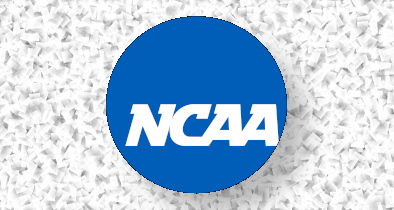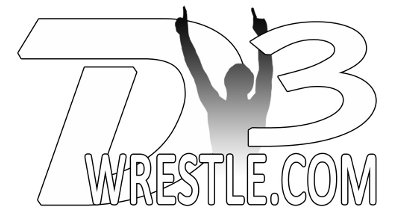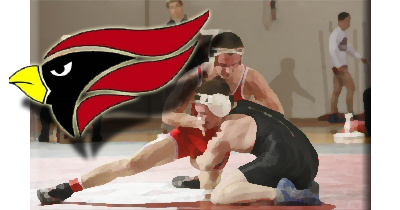Wrestlers can compete in special shorts next season (NCAA.org)
The NCAA Playing Rules Oversight Panel has approved several rule changes for the next two seasons. The changes were fairly limited in scope considering that past rule cycles have introduced major changes like neutral danger and revamped out of bounds stalling rules. Several rules were proposed earlier this spring but did not make it into the final rulebook. A change to the allowed uniform is the most notable change, but there are others that will affect the wrestling on the mat.
Major Rules Changes for 2019-2021
- A two piece uniform consisting of a compression top and loose shorts is now permitted in competition. This is similar to the alternate uniform allowed in high school wrestling.
- The rule defining maximum hair length has been eliminated. Hair coverings are permitted but not required.
- If coaches do not agree on a starting weight class for duals, the winner of a coin flip may choose either the starting weight or the odd/even matches for choice at the end of the first period. If the coach picks the weight class, the other team chooses odd/even and vice versa.
- Wrestlers can now defer choice in the tiebreaker.
- Hands to the face is changed from unnecessary roughness to an illegal hold (discussion below)
- Fourth stalling call is now a two point penalty instead of one in order to make sure athletes know the next stalling call will end the match.
Other changes
- Define simultaneous penalties
- In situations requiring a verbal and visual count (e.g., drop down rule), the referee is instructed to begin the verbal count and display the visual count whenever possible.
- Reclassify baiting an opponent from unsportsmanlike conduct to a technical violation.
- Penalties for flagrant misconduct by medical staff will be served by the offending party. Previously, the penalty would be served by the head coach.
- Reclassify figure-four scissors from a technical violation to an illegal hold in order to maintain consistency with other similar rules.
- Clarify the second referee has the same mobility and authority as the referee; however, the referee is in control of the match and makes the final decision.
- Clarify that there are no appeals for violations of weight certification, weight managment, and unsafe weight loss violations.
Several rules were proposed in April by the Wrestling Rules Committee that were not approved by the Oversight Panel. Three are worth mentioning here. First, the proposal to penalized a failed challenge with a stalling call will not go into effect. Second, medical forfeits will not count as a loss for the forfeiting wrestler. Finally, weigh in times were not changed. There was a proposal to move all dual and tournament weigh in times to two hours before competition. The rule will remain as it was previously. The first day of a tournament has a two hour weigh in, while dual meets and subsequent days of a tournament will keep a one hour weigh in.
The hands to the face clarification is the rule that will provoke the most discussion. This past season, hands to the face was called in a way more consistent with the rule book than it had been previously. See the picture below from the 2017 rule book:

The new rule changes this from unnecessary roughness to an illegal hold. The penalty is the same, but the terminology is changed. The rationale for the change is given as follows: To provide the referees more flexibility to manage this illegal action. Rules for illegal holds indicate that “whenever possible illegal holds should be prevented rather than called.” Referees will utilize verbal cues, formal warnings, potentially dangerous, etc. to communicate and attempt to prevent hands to the face whenever possible. However, as in all illegal holds, referees may still call hands to the face without any warnings if they determine it is warranted.
How this situation will be called is still up in the air, but it should be sorted out in the rules video released shortly before the season begins. It is hard to imagine how an official can “prevent” a hand to the face, but the wording here suggests that officials will be given some discretion to issue warnings before penalties. However, the rule book says that “When an illegal hold cannot be prevented, it must be penalized.” Therefore, the hands to the face call may exist in its own interpretive bubble where a warning can be issued for that illegal hold but no others. Again, the rules video will be instructive, and it may take a few weeks for college officials to settle on how this will be called.





